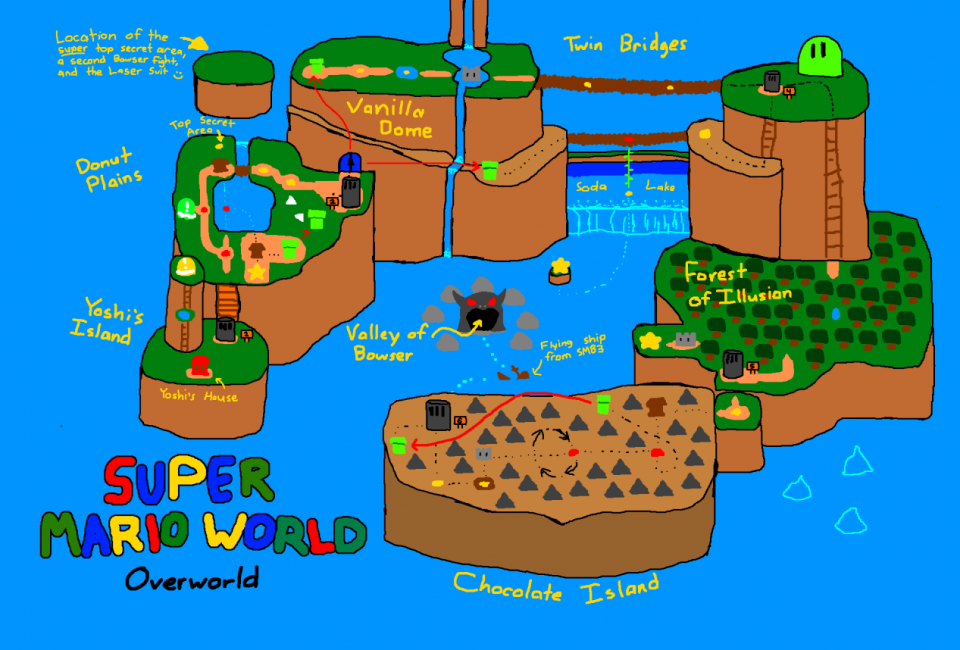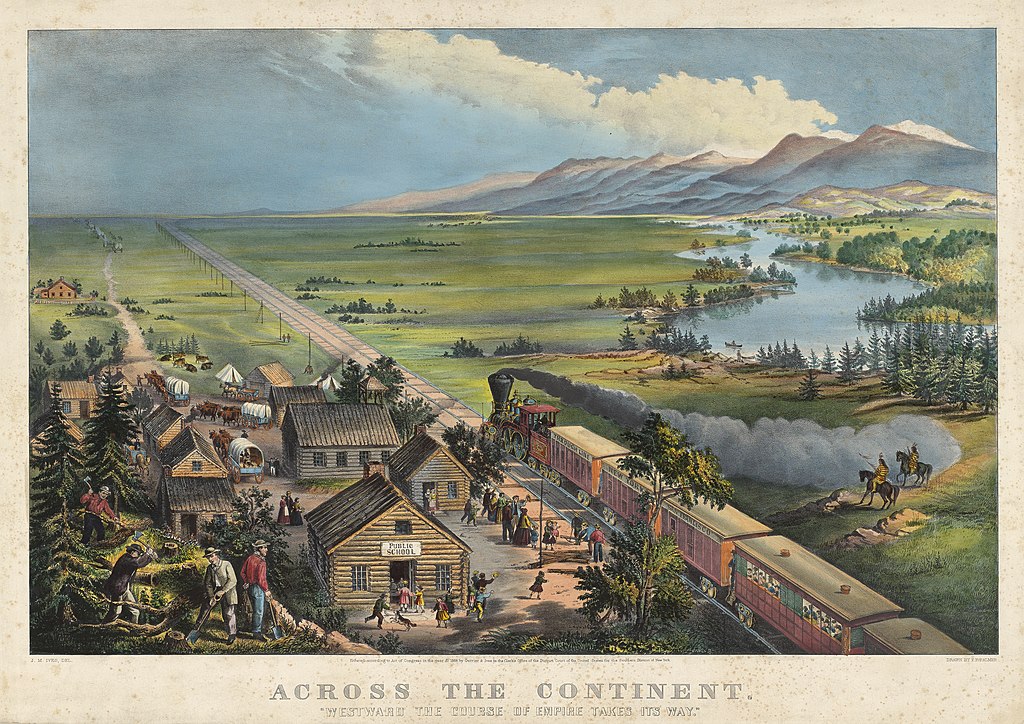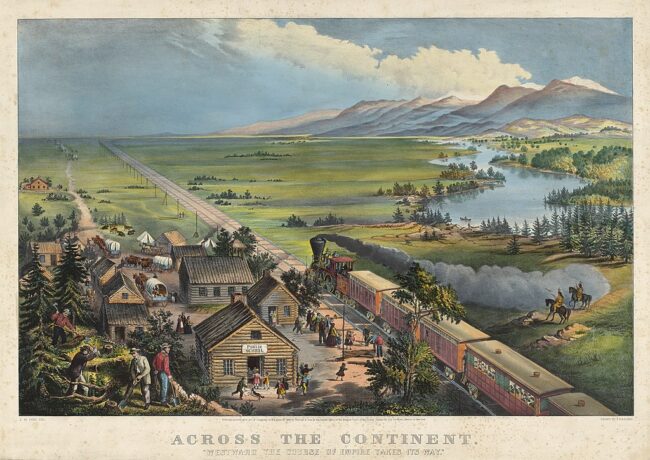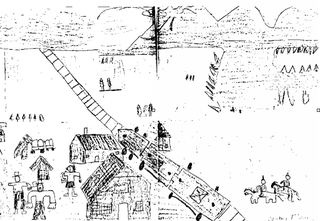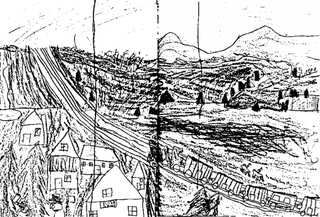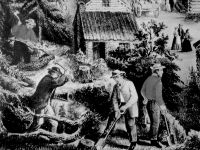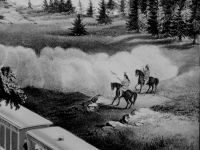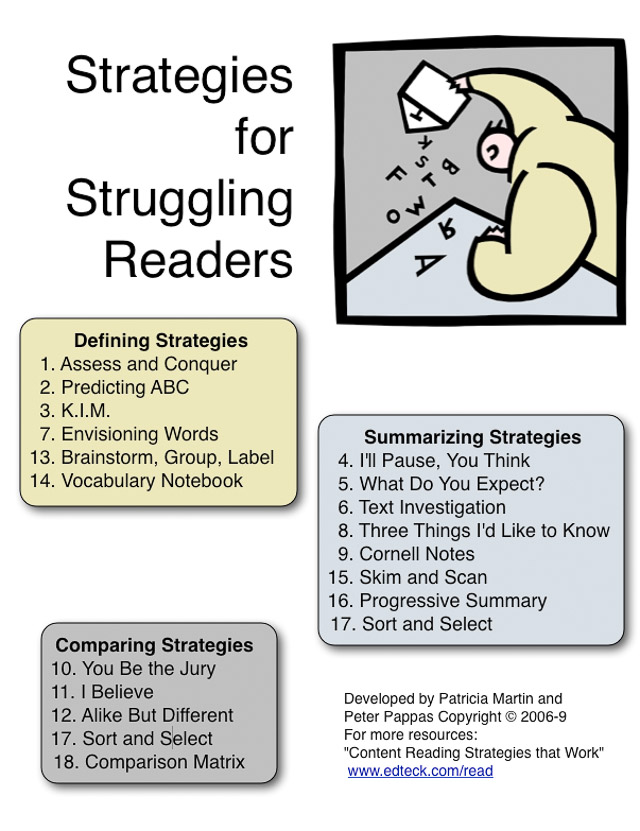Games are interaction with rules. They mimic the scientific method – hypothesis tested to overcome obstacles and achieve goal while operating inside prescribed system of boundaries. Video games provide failure based learning – brief, surmountable, exciting. While failure in school is depressing,
in a video game, it’s aspirational.
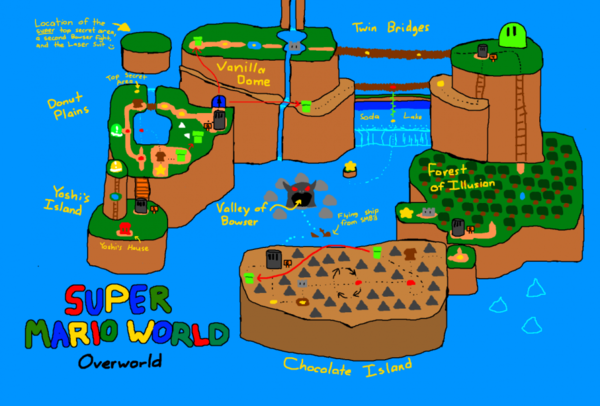
Super Mario World world map by fliptaco
Josh Millard recently began curating a growing collection of video game maps drawn from memory at his site Mapstalgia. He writes,
We spend time in video game worlds, learning our way around the constructed environments. We make mental maps of these places as part of the process of trying to progress through them. We learn where the good bits are hidden, remember the hard bits that got us killed every damn time. The worlds may be fictional but our mental maps of them are as real as anything else we remember. And they’re shared experiences: my experience in Super Mario Bros. was a lot like yours, and even if we never played it together, it’s a space we have in common. And the way our memories overlap, and the ways they differ — the commonalities and contrasts of our individual recalls of these shared spaces — is a really interesting and as far as I’ve seen mostly undocumented emergent result of decades of videogaming experiences. So let’s draw these remembered maps. Let’s put it down on graph paper or napkins or MS Paint.
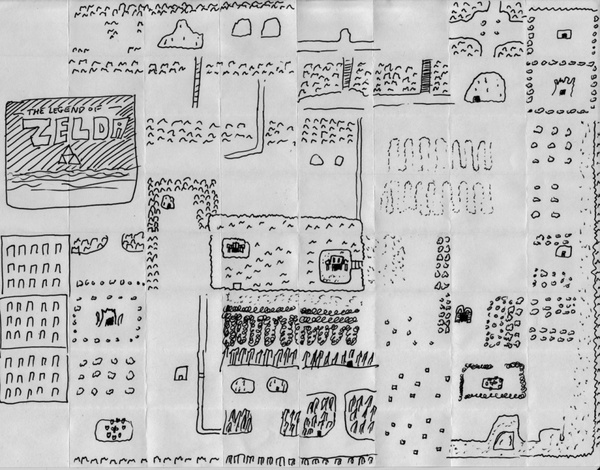
The Legend of Zelda world map by themadjuggler
Submissions range from detailed renderings to simple sketches. They all demonstrate a great way to teach mental mapping skills – spatial relationships, sequence, causation, scale, location, and measurement. Use Mapstalgia to inspire your students. Then give them a chance to have fun while demonstrating their ability to translate gaming worlds into two dimensional representations. Let them compare maps of the same game to design their own mapping rubric. Explore different representations of game elements for clarity and design.
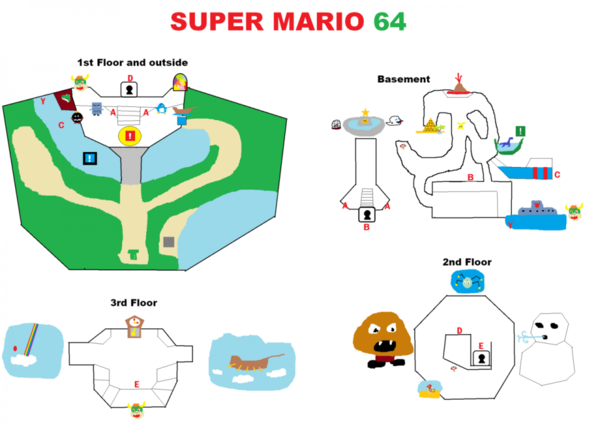
Super Mario 64 Peachs Castle by GNM
Get students hooked working with something they know intimately – video games. Then transfer those visual literacy skills to more traditional mapping instruction as well as exploration of symbolic representations of all kinds.
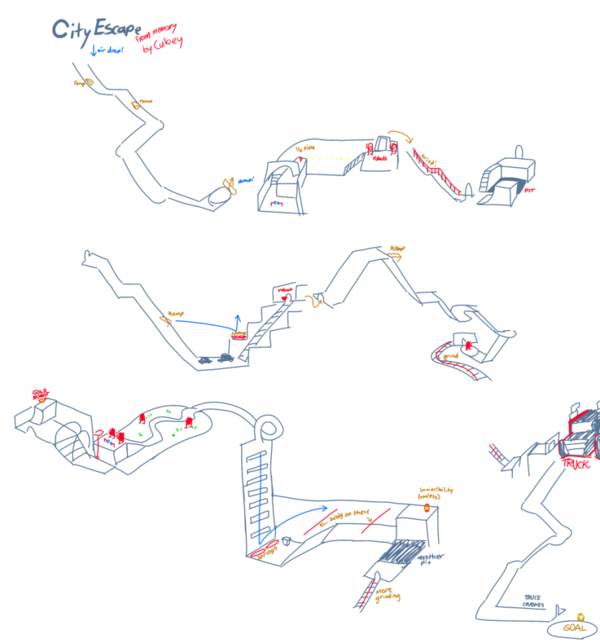
Sonic Adventure 2 City Escape by cubeybooby
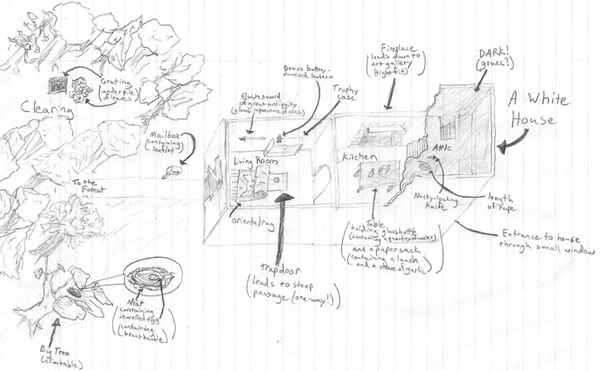
Zork excerpts by ErWenn
Image credits: Mapstalgia
